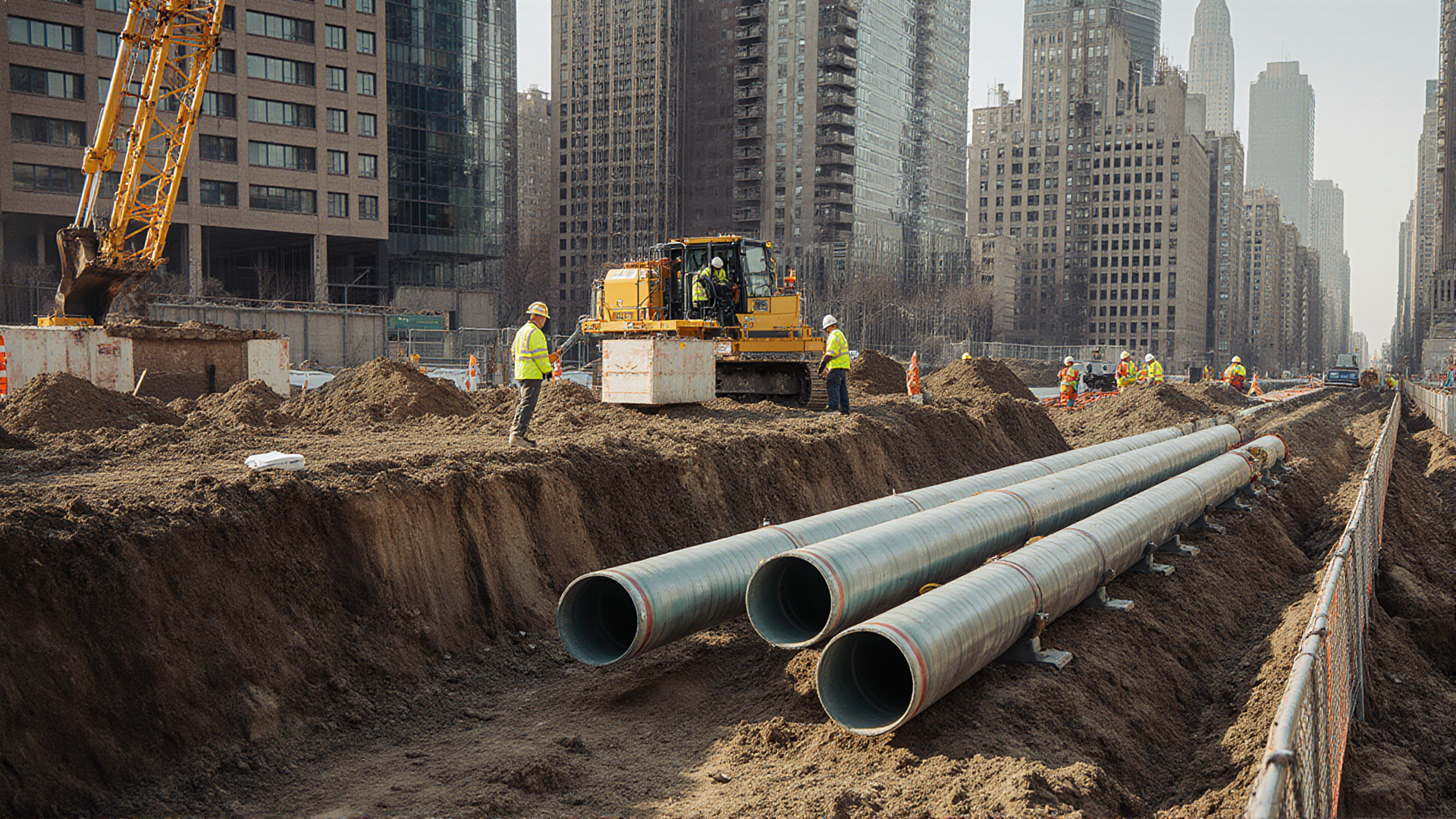
The recent approval of key permits for a major natural‑gas pipeline project in New York and New Jersey marks a pivotal moment for the region’s energy infrastructure. By extending an existing system that transports gas from Pennsylvania’s shale fields, the expansion will add enough capacity to serve 2.3 million homes and shift a large portion of New York City’s heating demand from fuel oil to cleaner natural gas. This transition not only reduces emissions but also eliminates the logistical burden of truck‑delivered fuel, offering a more reliable and cost‑effective supply chain for municipal and commercial users.
The regulatory journey of this project underscores the complex interplay between environmental stewardship and infrastructure development. After an initial denial driven by environmental advocacy, the project was revived when state leadership aligned its approval with broader energy goals, including the resumption of offshore wind development. This alignment demonstrates how coordinated policy frameworks can accelerate infrastructure rollouts while maintaining a commitment to renewable and nuclear resources for grid stability and affordability.
From a supply chain perspective, the pipeline’s addition of segments and modifications to existing facilities—particularly the new under‑bay section beneath Lower New York Bay—provides a tangible example of how infrastructure upgrades can streamline operations. By reducing dependence on fuel‑oil trucks, the project cuts transportation costs, lowers carbon footprints, and mitigates the risk of supply disruptions in a densely populated urban core. Executives can draw lessons about integrating new capacity into legacy systems to enhance resilience without compromising environmental goals.
The project’s approval also highlights the importance of transparent stakeholder engagement. While the pipeline offers significant operational benefits, environmental groups have expressed concerns about potential impacts on marine habitats and the release of contaminants such as mercury and copper. Balancing these concerns requires rigorous environmental assessments and ongoing monitoring, ensuring that the supply chain remains both efficient and sustainable. Leaders who prioritize data‑driven environmental metrics can better navigate regulatory landscapes and build public trust.
For supply chain professionals, the pipeline’s development provides several actionable insights. First, expanding capacity to serve millions of homes can unlock economies of scale, lowering per‑unit costs and improving service reliability. Second, aligning infrastructure projects with broader renewable initiatives can create synergies that satisfy both regulatory bodies and sustainability targets. Third, proactive engagement with environmental stakeholders can preempt opposition and streamline approvals, a strategy that is increasingly vital in today’s risk‑averse regulatory environment.
Ultimately, this expansion illustrates how strategic infrastructure investments can drive operational excellence while advancing sustainability. By leveraging new gas capacity, supply chain leaders can reduce logistics costs, enhance reliability, and support the transition to cleaner energy sources—an outcome that aligns with the growing demand for resilient, data‑driven, and environmentally responsible supply chain solutions.
Loading comments...